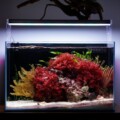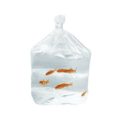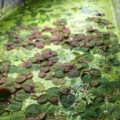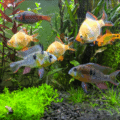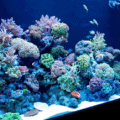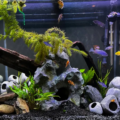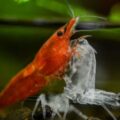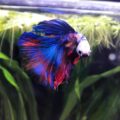In this article, we will explore the characteristics, behaviors, and compatibility between the popular fish species Dottybacks and Clownfish to determine if they can coexist peacefully in the same tank.
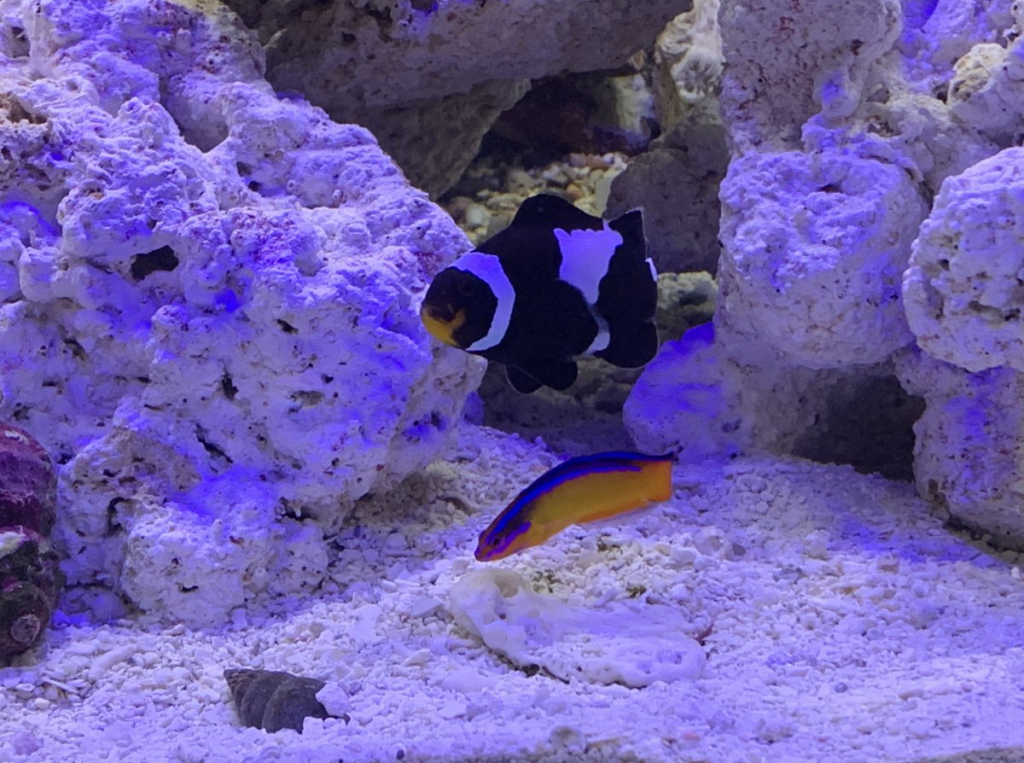
When it comes to creating a harmonious and thriving aquarium environment, compatibility between different fish species is crucial. One common question that arises in the fishkeeping community is whether dottybacks can live with clownfish. \
See Also: 10 Different Types of Clownfish + 18 Designer Breeds for more Clownfish variations!
Understanding Dottyback and Clownfish Compatibility in a Reef Tank
When introducing new fish to a saltwater aquarium, many aquarists wonder whether dottybacks can live peacefully with clownfish. While some dottybacks, like the purple dottyback, have an aggressive reputation, others can coexist with certain species of clown fish under the right conditions.
Choosing docile fish, such as the royal gramma, as additional tank mates can help balance aggression levels in the tank. A key factor in compatibility is the advanced reefer location rating, which helps determine the ideal placement of these beautiful fish within the aquarium environment. Proper planning ensures that both species can occupy different zones in the water column without excessive territorial disputes.
Habitat Requirements of Dottybacks and Clownfish
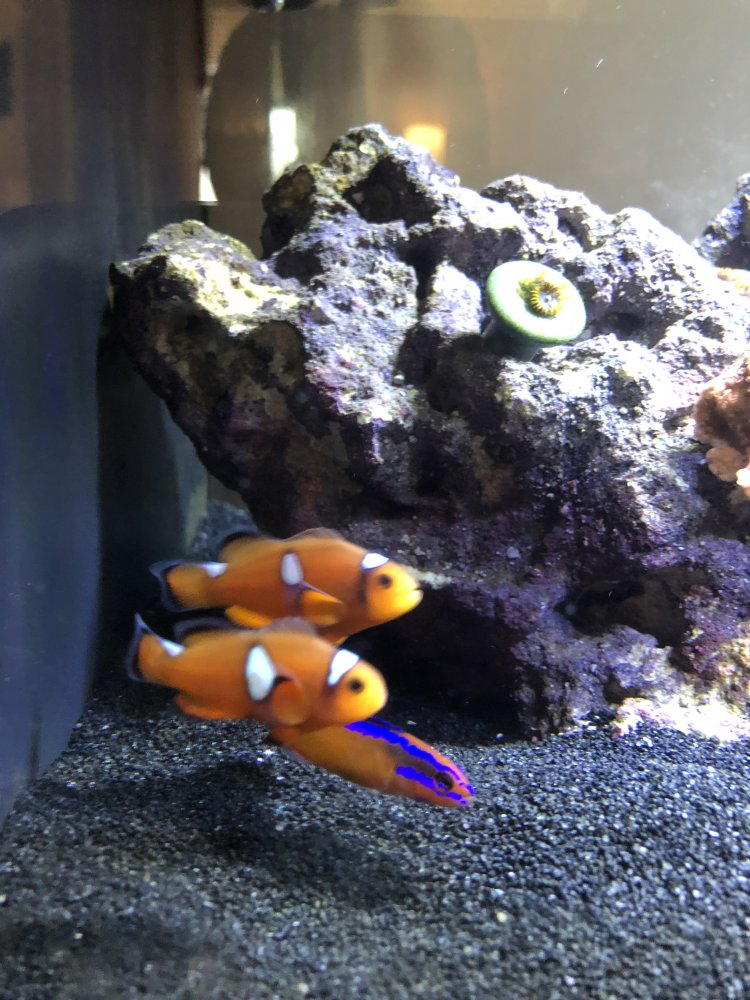
Before delving into their compatibility, it is important to understand the specific habitat requirements of dottybacks and clownfish individually. Dottybacks thrive in well-established tanks with stable water conditions.
They require a tank with a temperature range of 74-82°F (23-28°C), a pH level between 8.1-8.4, and a salinity of 1.020-1.025. On the other hand, clownfish prefer a slightly lower temperature range of 75-80°F (24-27°C) and similar pH and salinity levels.
Characteristics and Behavior of Dottybacks
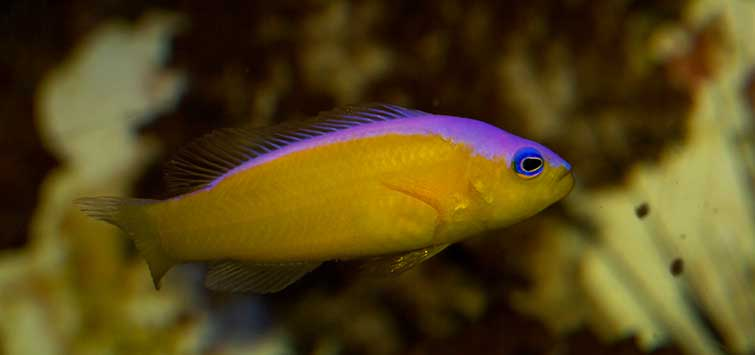
Dottybacks are known for their vibrant colors, with the royal dottyback being a popular choice among aquarists. These fish typically grow to an average length of 3 inches and have a distinct purple and yellow body.
However, despite their small size, dottybacks have a reputation for being highly aggressive and territorial towards other fish. This aggressive nature can create challenges when trying to introduce them into a community tank.
Characteristics and Behavior of Clownfish
Clownfish, on the other hand, are more known for their playful and sociable nature. These small, brightly colored fish have a unique ability to form symbiotic relationships with sea anemones.
Clownfish have a gentle disposition and are generally non-aggressive towards other fish. They exhibit interesting behavior patterns, such as dwelling near the anemone and performing intricate mating rituals.
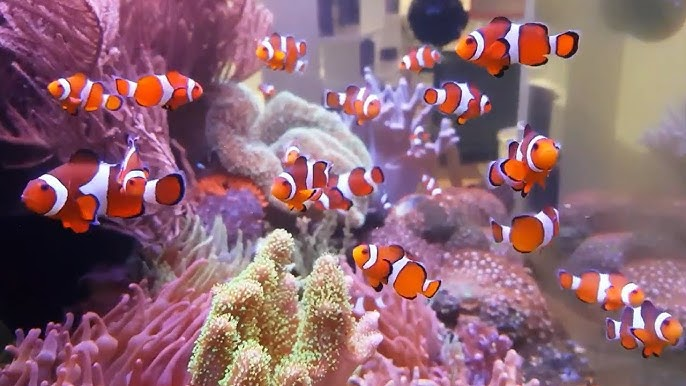
See Also: How Long Do Clownfish Live? + Tips for Longer Lifespan to learn how to care for clownfish.
Compatibility Between Dottybacks and Clownfish
Now, let’s address the pressing question: can dottybacks live with clownfish? While the aggressive nature of dottybacks might raise concerns, it is still possible for them to coexist with clownfish under the right conditions.
It is crucial to consider several factors when assessing compatibility. Firstly, introducing dottybacks to a tank that already houses clownfish can lead to territorial disputes. However, if both species are introduced simultaneously to establish a hierarchy, the chances of successful cohabitation increase significantly.
Potential Challenges of Keeping Dottybacks and Clownfish Together
One potential challenge of keeping dottybacks and clownfish together is their contrasting personalities. Dottybacks may exhibit aggressive behavior, especially towards fish that resemble their own species or exhibit similar color patterns.
Clownfish, although generally peaceful, can become victims of dottyback aggression if not provided with ample hiding spots or if the tank is too small to establish territories. It is essential to monitor their behavior closely during the initial introduction and address any signs of aggression promptly.
Feeding and Behavioral Interactions in Mixed Tanks
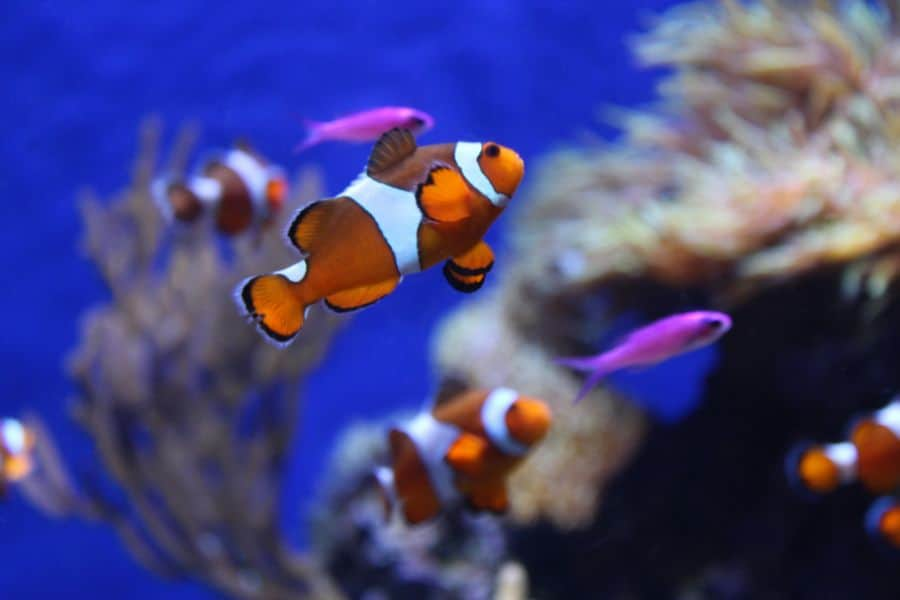
Feeding time can be a critical moment for observing interactions between dottybacks and clownfish.
These species have different feeding habits, with dottybacks preferring meaty foods while clown fish are more opportunistic eaters. Ensuring all tank mates receive proper nutrition helps maintain harmony, as competition over food can lead to aggression.
Aquarists looking to establish a sponsor reefs setup often house peaceful fish together, but careful monitoring is required when mixing semi-aggressive species like dottybacks.
Providing ample space and structured feeding routines minimizes stress and supports the health of these beautiful fish.
Recommended Dottybacks and Clownfish Pairings
While compatibility can vary depending on individual fish personalities, there are some dottyback species that have shown better compatibility with clownfish.
The royal dottyback, despite its aggressive tendencies, has been successfully paired with clownfish in several instances.
Other dottyback species, such as the neon dottyback or the orchid dottyback, may also show suitable compatibility, but careful monitoring is required.
Conclusion
In conclusion, while dottybacks and clownfish can present challenges when housed together due to their contrasting personalities, it is possible for them to coexist harmoniously in the same tank.
The key is to create an environment that caters to the specific needs of both species, monitoring their behavior closely during the initial introduction, and providing ample hiding spots and territories.
By following these guidelines, you can increase the chances of successfully keeping dottybacks and clownfish together and enjoy the vibrant beauty of these captivating fish in your aquarium.

